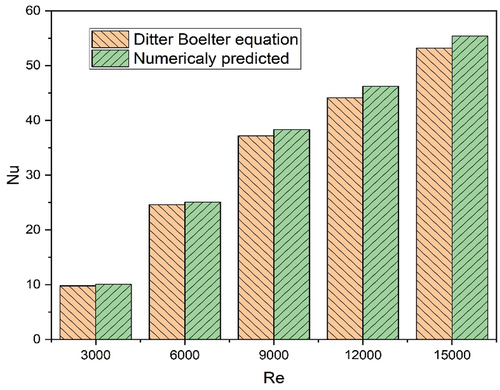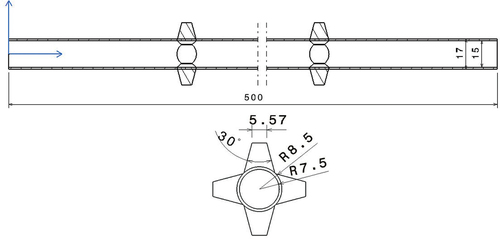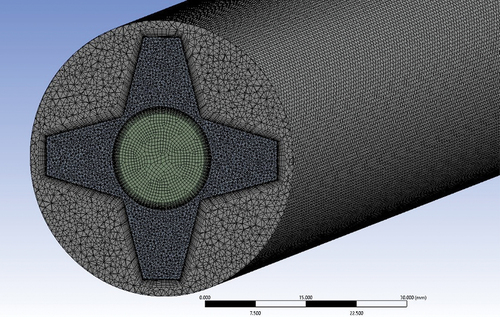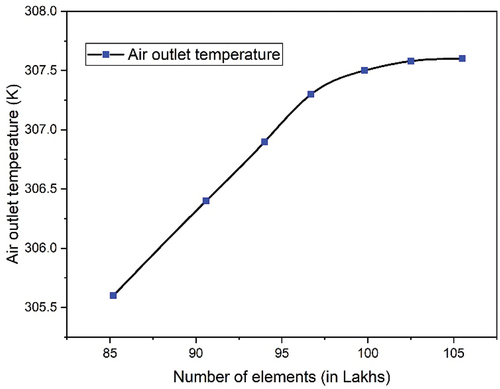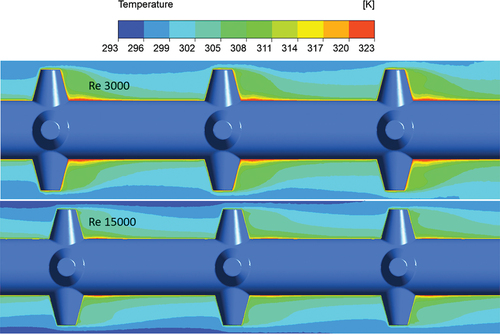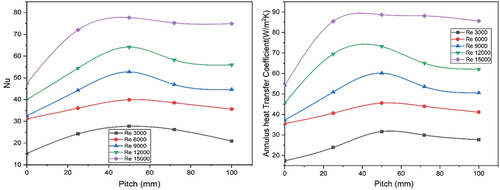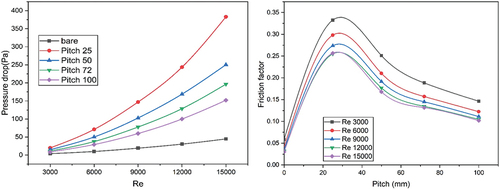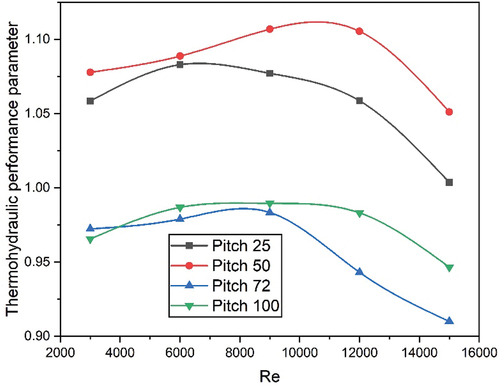Figures & data
Table 1. Influence of turbulators on the solar air heater performance
Table 2. Details of the inserts used in a tubular heat exchanger
Table 3. Dimensions and Specifications of the heat exchanger
Figure 4. Contour plot showing the velocity variation (a) along the length (b) exit velocity for Re 3000 and 15,000.
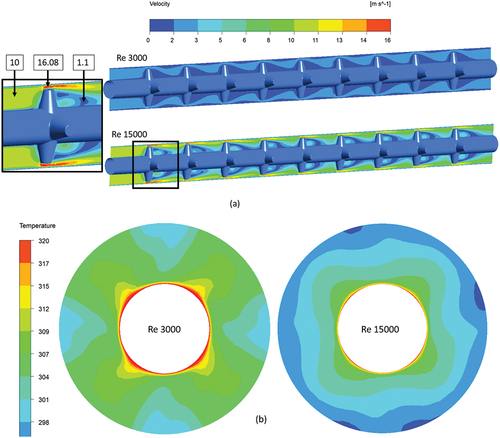
Figure 6. Contour plot showing the turbulent intensity variation along the length for Re 3000 and 15,000.

Figure 7. Contour plot showing the turbulent kinetic energy variation along the length for Re 3000 and 15,000.
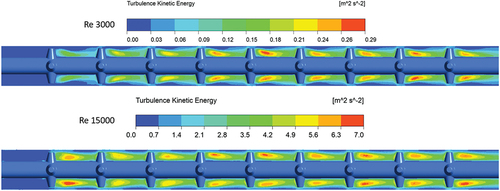
Figure 8. (A) variation of velocity contours (b) variation of turbulent intensity (c) exit temperature variation for different pitch values.
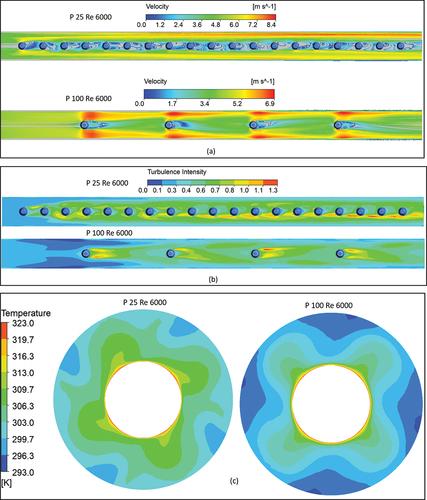
Figure 9. Variation of temperature along the length of the heat exchanger for different pitch values.

Table 4. Comparison of the present results with Published literature

